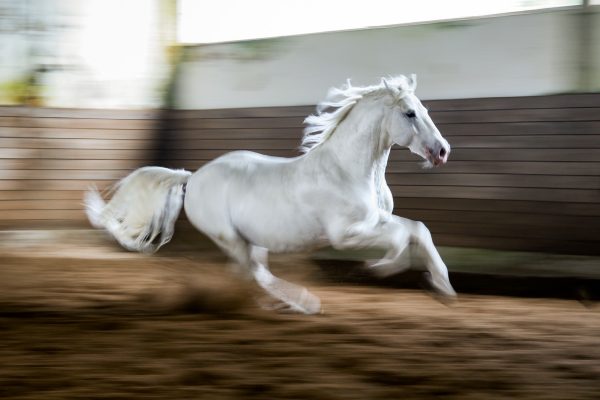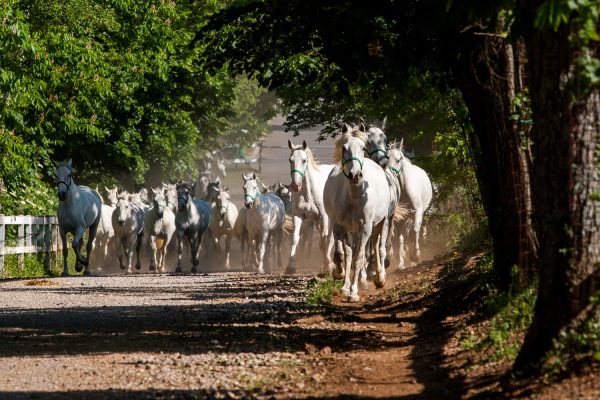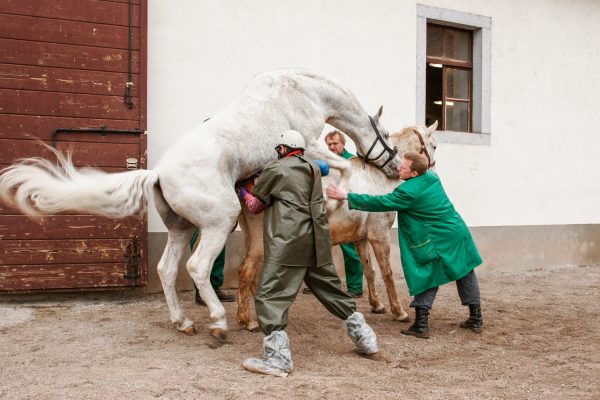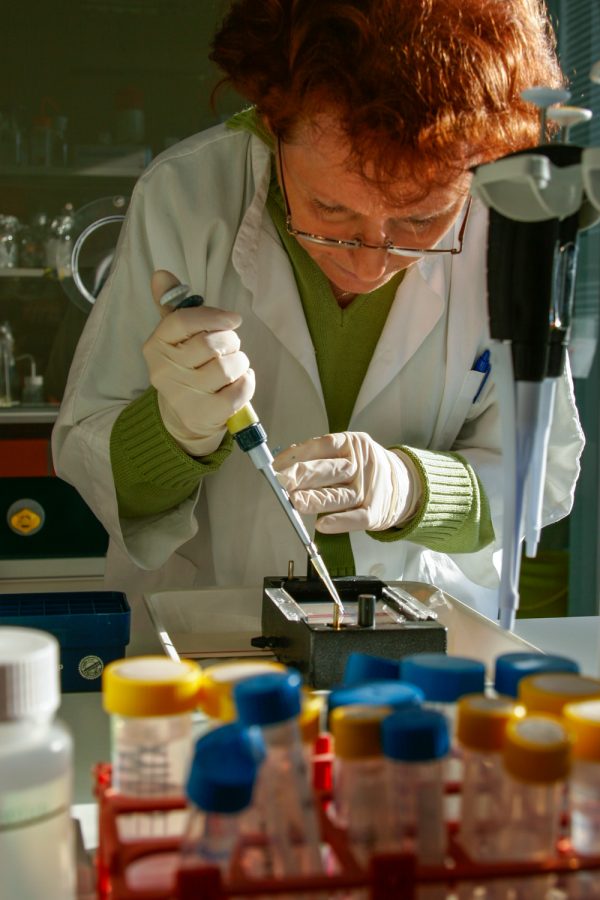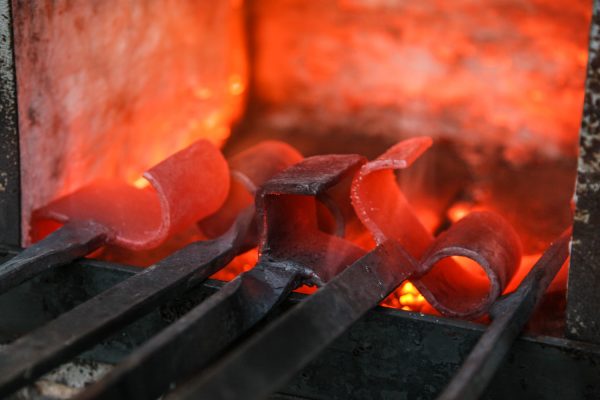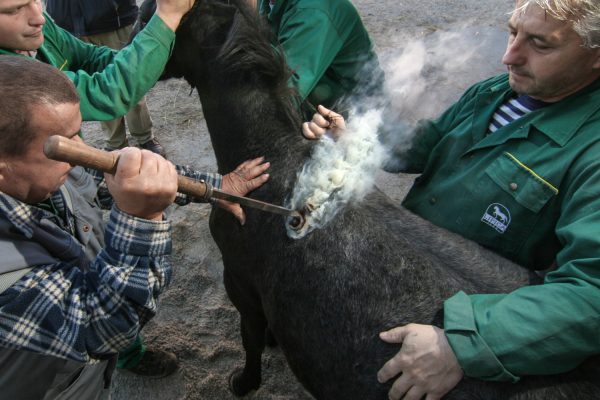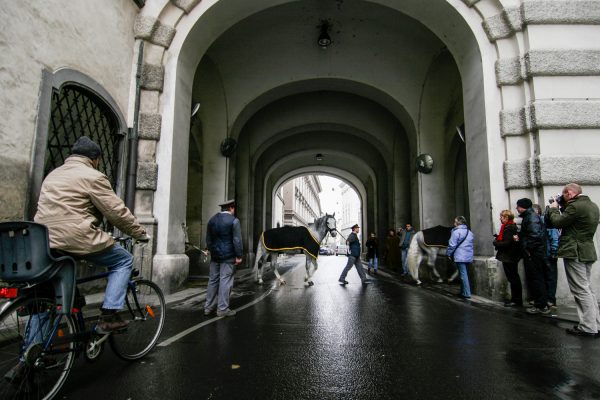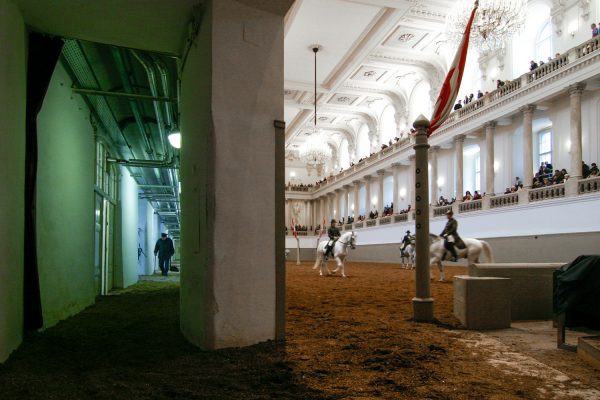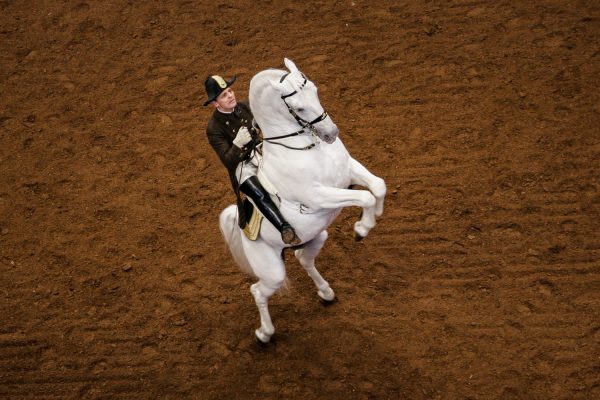My first reportage for NATIONAL GEOGRAPHIC is a deep look at the process of breeding the Lipizzaner horses. These horses are not only a matter of unique cultural and historical heritage but also a living treasure of ancient genes and a result of meticulously planned evolution.
Lipizzaner got the name after his mother stud farm, Lipica, located in nowadays Slovenia. The origins of the breed date back to 1580 when the Lipica stud farm, at the time within Austro-Hungarian monarchy, started developing a new type of horse by crossbreeding domestic, the Karst region mares, with Spanish mares and stallions. The Lipica stud farm is considered one of the oldest in the world. Traditional way of breeding, based on artificial selection, is systematically kept at the Lipica stud farm. Nowadays, genetics help to control and plan the breeding of Lipizzaners. A research team at the Biotechnical Faculty in Ljubljana studies the Lipizzaner’s genetic basis. Accurate keeping of breeding records and extensive up-to-date researches put the Lipizzaner on top of the most thoroughly explored animal breeds.
Typically, the Lipizzaner is born black and turns into a white adult horse because of the gray gene. As they get older, they become whiter and whiter with each change of hairs. At the beginning, the Lipizzaner breed was developed for military necessities and cart pulling at the Habsburg court. Afterwards, the Habsburg court was looking for a horse to be used for high profile shows, emanating success, prestige and honor in front of a selected audience.
In Vienna, the so-called “Spanish Riding School” tradition has been carried on since the 16th century. Accompanied by classical music, Lipizzaners undergo a strict athletic training where they drill synchronized formations and individual figures. They start an 8-year training period at the age of 4 and keep performing until the age of 25.
